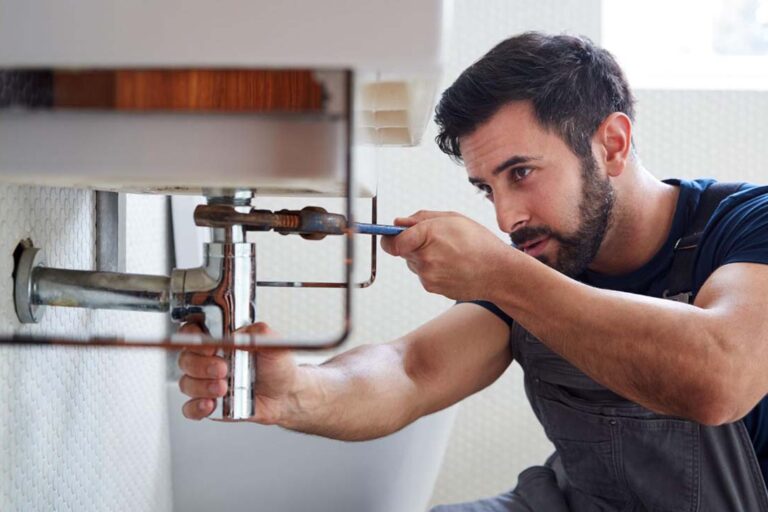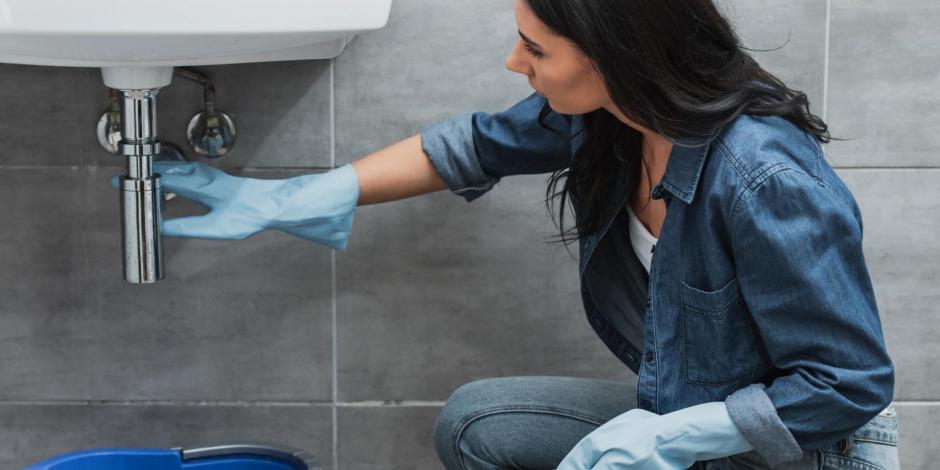This post down below relating to When to Call a Plumber? DIY or Professional Help is without a doubt insightful. Read it yourself and see what you think about it.

Introduction
Plumbing problems can range from minor troubles to significant frustrations, usually prompting homeowners to make a decision between dealing with the issue themselves or hiring an expert plumber. Knowing when to DIY and when to seek specialist aid can save time, cash, and stop possible disasters. This write-up checks out the aspects to think about when making this essential choice.
Benefits of Do It Yourself Pipes
Taking on pipes jobs yourself can be satisfying in numerous ways, especially for less complex projects.
Expense Financial savings
DIY plumbing jobs often conserve cash by preventing specialist service charge. Jobs like taking care of small leaks, replacing faucets, or installing brand-new showerheads are examples where homeowners can manage repair work without employing a plumber.
Skill Enhancement
Participating in DIY pipes uses a possibility to discover and boost functional skills. Fundamental jobs empower homeowners to understand their plumbing systems better and gain confidence in taking care of tiny repair services individually.
Threats of DIY Plumbing
While DIY tasks offer benefits, particular risks ought to be thoroughly thought about before trying repairs.
Complexity of Jobs
Some pipes issues require specialized expertise and tools beyond typical home owner capabilities. Messing up intricate troubles can lead to more damage and expensive repairs.
Safety and security Worries
Working with pipes systems entails threats such as exposure to water damages, possibility for electrical risks, and managing tools inaccurately. Security safety measures must be observed to prevent mishaps and make certain reliable repairs.
Indicators to Call a Specialist Plumber
Recognizing when a plumbing issue exceeds DIY capacities is critical to avoid worsening troubles.
Indications of Complex Problems
Examples include:
Trigger professional intervention is needed to address these issues successfully and decrease damage.
DIY Pipes Tips
For effective do it yourself plumbing, it's vital to be prepared with the right devices and follow correct procedures.
Standard Tools and Products
Secret tools for DIY pipes:
Step-by-Step Guides
Clear guidelines guarantee risk-free and efficient do it yourself repair services:
Picking the Right Time to Do It Yourself
Determining when to take on pipes tasks on your own requires assessing both the intricacy of the issue and personal comfort degrees.
Analysis Checklist
Consider:
When to Definitely Call a Professional
Particular circumstances demand immediate skilled interest to prevent substantial damage or security hazards.
Examples consist of:
Searching for and Hiring an Expert Plumbing
Choosing a certified plumbing technician guarantees trustworthy solution and peace of mind in fixing plumbing issues.
Requirements for Option
Variables to take into consideration:
Price Evaluation: DIY vs. Expert Providers
Contrasting the monetary effects of do it yourself efforts versus professional pipes services aids in making informed choices.
Financial Considerations
Review:
Conclusion
Determining whether to do it yourself or call a professional plumbing professional hinges on understanding the complexity of plumbing concerns and individual capabilities. By evaluating the benefits and threats, home owners can make informed options that advertise efficient upkeep and safeguard their homes from plumbing disasters.
DIY Plumbing Projects: What Homeowners Can Do and When to Call a Professional
Welcome to our comprehensive guide on DIY plumbing projects. In this blog post, we aim to empower homeowners with the knowledge and skills to tackle basic plumbing tasks around the house. From unclogging drains to fixing a leaky faucet, we’ll walk you through step-by-step instructions on how to handle these common issues.
However, not all plumbing problems can or should be solved with a DIY approach. Recognizing when a problem is beyond your skill level and requires professional intervention is just as important as knowing how to perform basic tasks. We’ll also discuss the signs that indicate it’s time to put down your tools and pick up the phone to call a professional plumber. By understanding when to DIY and when to call a professional, you can save time, avoid potential disasters, and ensure your home’s plumbing system remains in top shape.
Understanding Plumbing Basics
Before we dive into the DIY projects, let’s take a moment to understand the basics of your home’s plumbing system. A typical residential plumbing system consists of two major components: the water supply system, which brings fresh water into your home, and the drainage system, which removes waste water. These systems are made up of a network of pipes, valves, and fixtures that work together to deliver clean water and dispose of waste efficiently.
Regular maintenance of your plumbing system is crucial to prevent minor issues from escalating into major problems. This includes tasks like checking for leaks, removing minor clogs, and ensuring your pipes are insulated for winter. By performing these tasks regularly, you can extend the lifespan of your plumbing system, save money on water bills, and maintain the comfort and hygiene of your home.
In the following sections, we’ll explore some common DIY plumbing projects that homeowners can handle, as well as situations that require the expertise of a professional plumber. Whether you’re a seasoned DIY enthusiast or a beginner, this guide will provide you with valuable insights into the world of home plumbing.
DIY Plumbing Projects Homeowners Can Handle
Plumbing may seem intimidating, but there are several tasks that homeowners can confidently tackle with a little guidance and the right tools. Here are a few common issues you might encounter and how to address them.
Unclogging Drains
Use a Plunger: This is your first line of defense. A good old-fashioned plunger can dislodge the obstruction and clear the drain in many cases. Try a Plumber’s Snake or Hand Auger: If the plunger doesn’t work, a plumber’s snake or hand auger can reach deeper into the pipe to break up the clog. Use a Drain Cleaner: If physical methods fail, a chemical drain cleaner can dissolve the clog. However, use these products sparingly as they can damage your pipes if overused.

Hopefully you enjoyed reading our post about DIY vs. Professional Plumbing Repairs: When to Call a Pro. Thanks so much for taking time to read through our post. Please pause to promote this page if you appreciated it. We take joy in your readership.
Course Detail